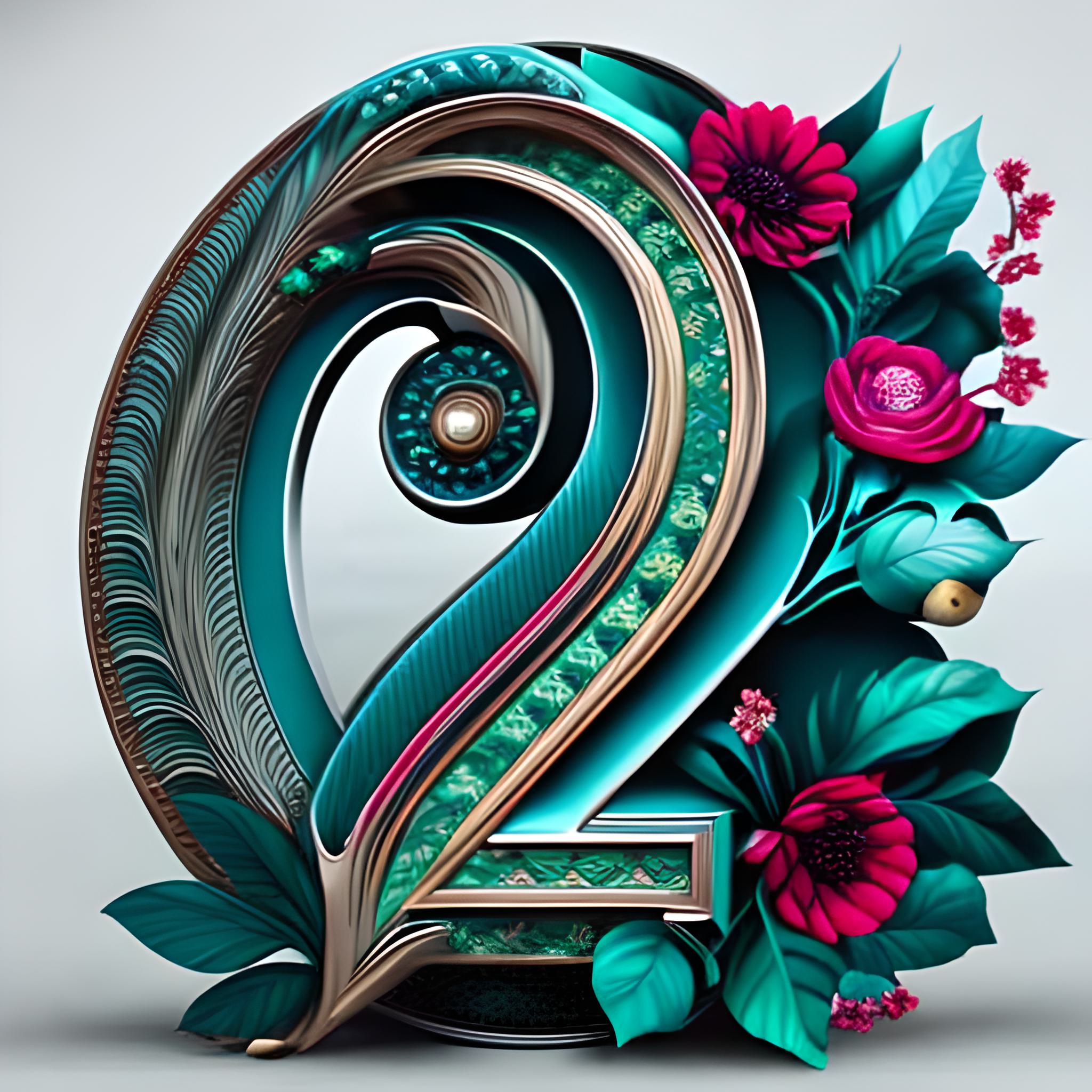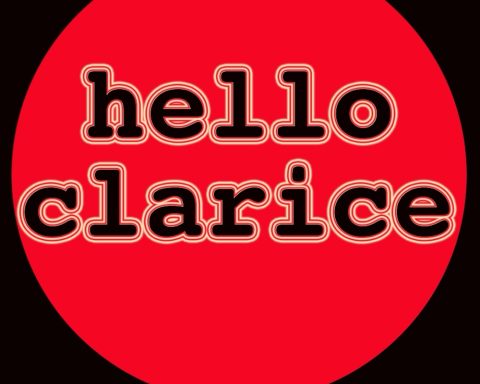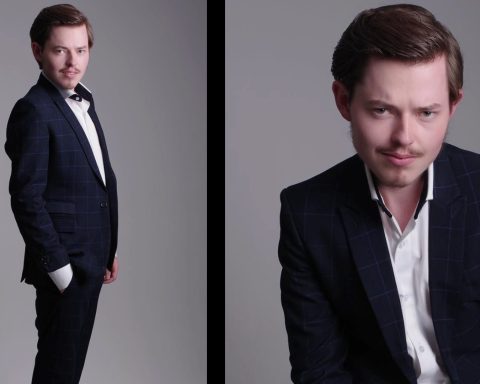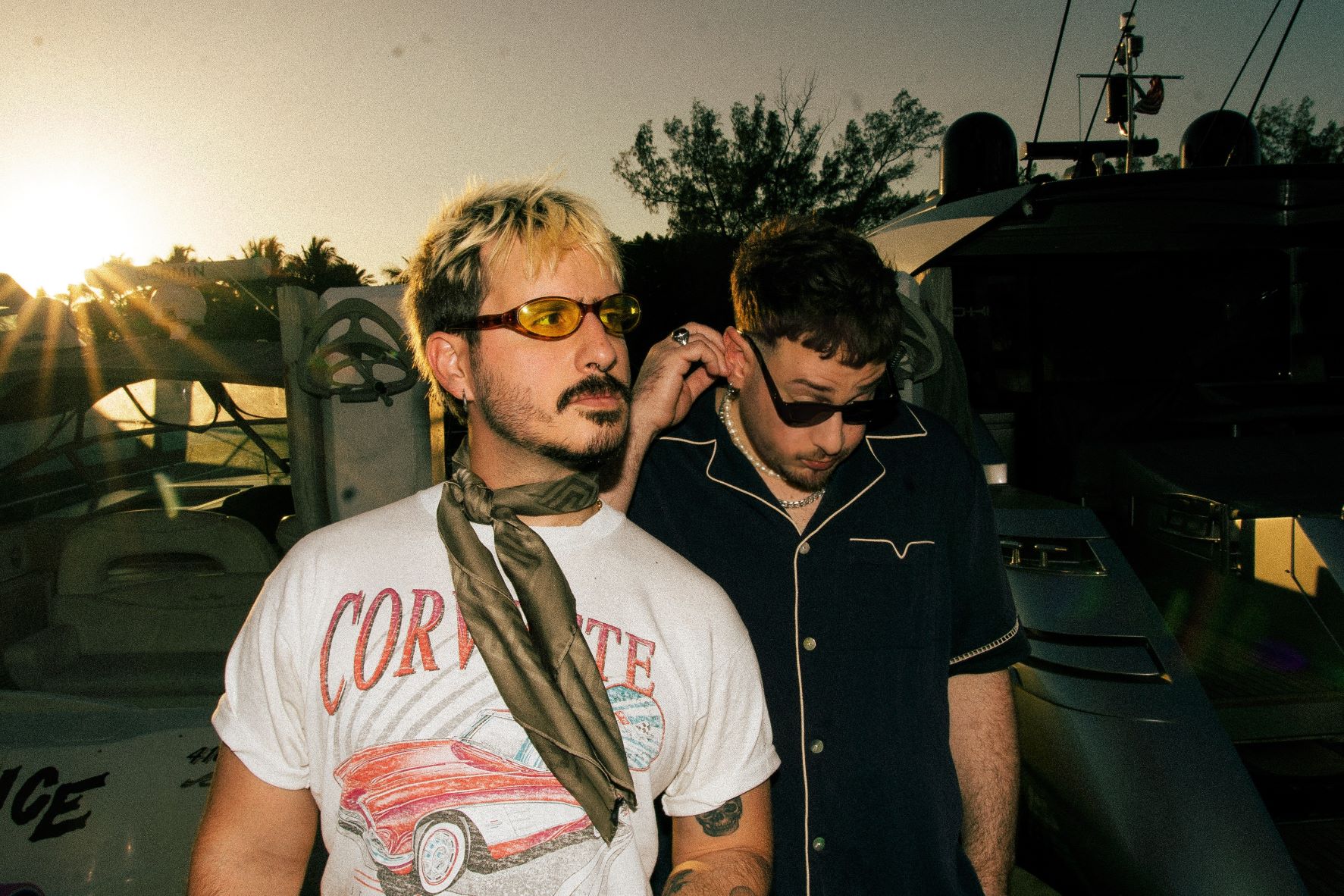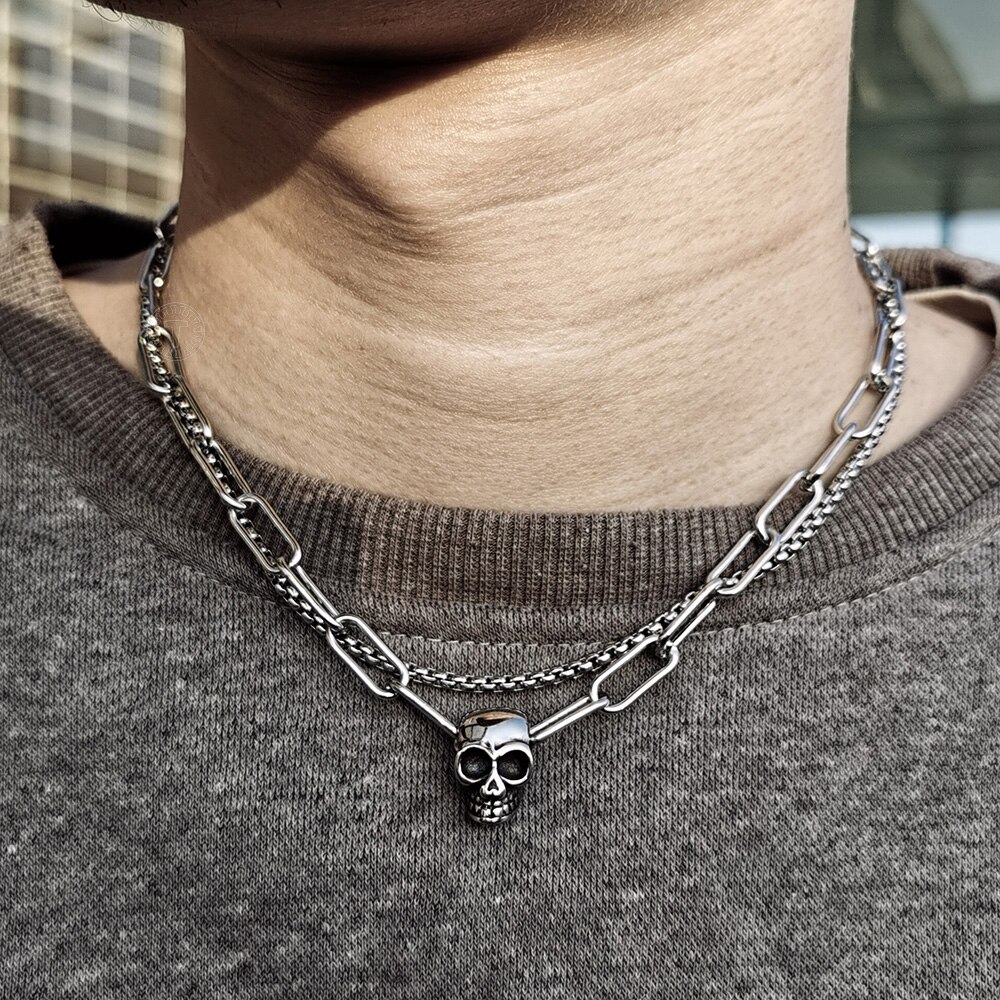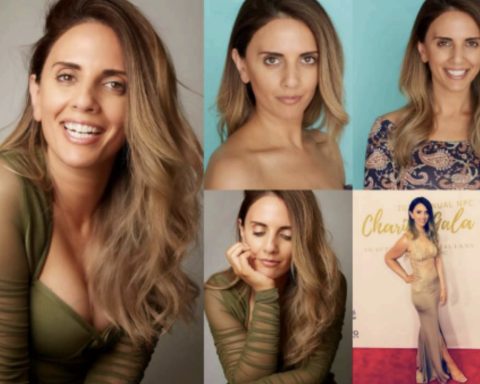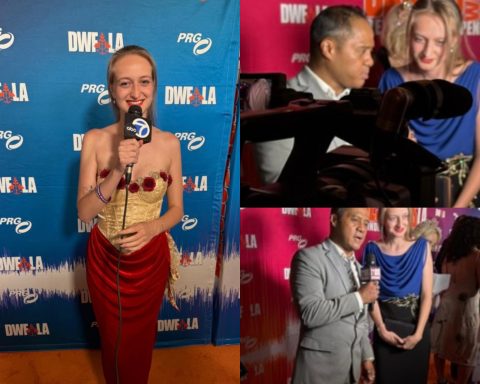Introduction
As artificial intelligence (AI) continues to redefine the frontiers of technology, the emergence of text-to-image and text-to-video capabilities has set off a seismic shift in the world of digital creativity. These groundbreaking innovations are not only reimagining the creative process but also raising thought-provoking questions about the role of human imagination and ingenuity in a rapidly evolving landscape. Let’s delve into the ways these trailblazing tools are reshaping the lives of designers, writers, content creators, and coders, while also exploring the broader implications for society at large.
The AI Revolution: Text-to-Image and Text-to-Video
The digital alchemy of transforming written text into visual masterpieces lies at the heart of text-to-image and text-to-video technologies. By harnessing the formidable power of advanced algorithms, machine learning, and natural language processing, these cutting-edge tools weave together a visual tapestry from textual descriptions, crafting vivid images and dynamic videos that were once the sole domain of human artisans.
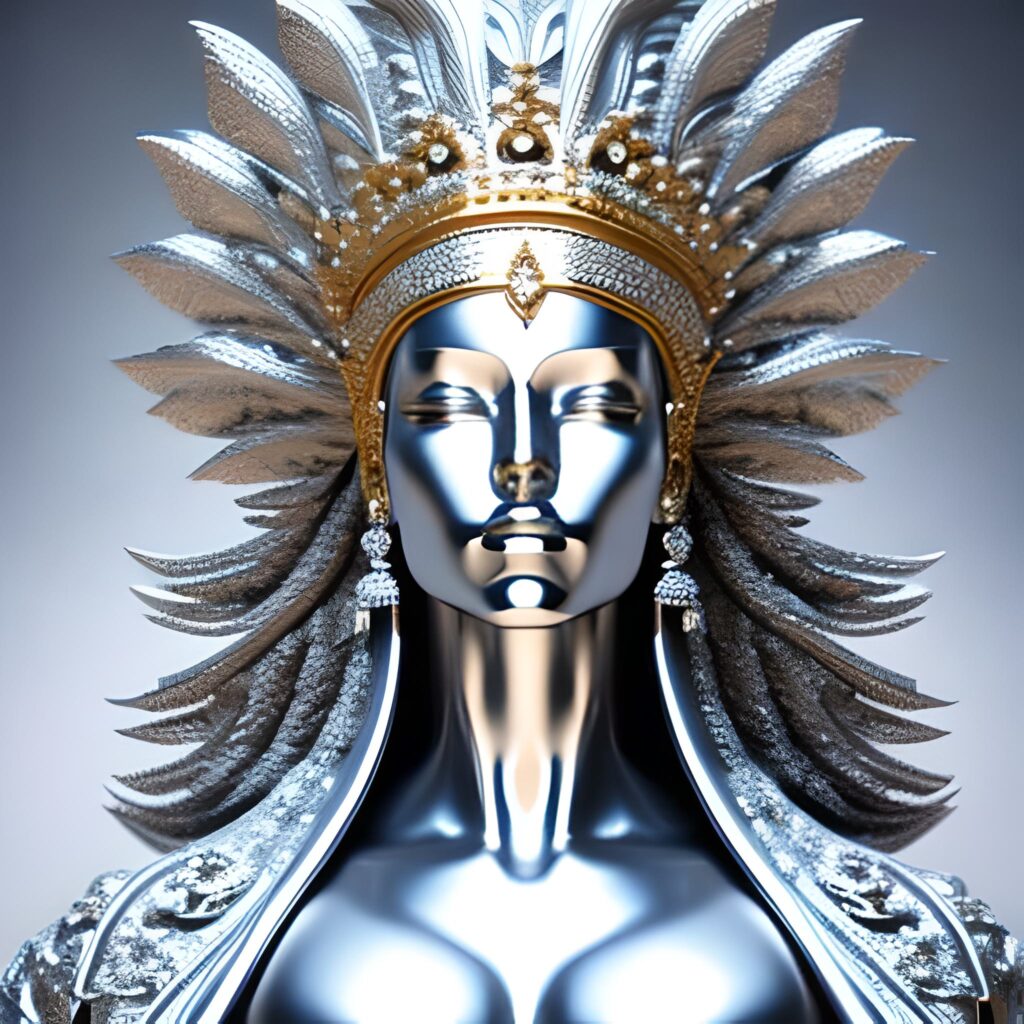
Navigating the Uncharted Waters of AI-Driven Creativity
In a world increasingly dominated by AI, designers, writers, content creators, and coders face an exhilarating yet disconcerting reality. The emergence of text-to-image and text-to-video technologies offers a unique opportunity to adapt, evolve, and thrive in the age of AI by:
- Embracing the Symbiosis of Man and Machine: By integrating AI-powered tools into their workflows, creative professionals can leverage the strengths of both human intuition and machine precision to push the boundaries of artistic expression.
- Fostering a Culture of Experimentation: As AI-generated visuals become more sophisticated, creative minds can harness these tools to explore untapped realms of possibility, sparking innovation and fostering a spirit of experimentation.
- Reevaluating the Essence of Artistry: In a world where machines can craft visual marvels, the creative community must reassess the meaning of artistry, focusing on the aspects of human expression that remain beyond the reach of AI.
The Broader Implications: Pros and Cons for Humanity
The rise of text-to-image and text-to-video technologies presents a complex web of advantages and disadvantages, each carrying profound implications for the future of human society.
Advantages:
- Democratizing Creativity: By lowering the barriers to entry, AI-generated visuals have the potential to democratize the creative process, empowering individuals from all walks of life to explore and express their unique visions.
- Revolutionizing Industries: From advertising to journalism and education, AI-driven visual content can revolutionize a myriad of industries, fostering innovation and creating new opportunities for growth and collaboration.
- Expanding the Horizons of Storytelling: AI-generated visuals enable writers and content creators to craft immersive, multidimensional narratives that transport audiences to uncharted realms of the imagination.
Disadvantages:
- The Perils of Automation: The rapid advance of AI technologies threatens to displace human labor in certain industries, raising pressing concerns about economic stability and the future of work.
- Navigating the Ethical Minefield: The potential misuse of AI-generated visuals in deepfake videos or disinformation campaigns poses daunting challenges to privacy, security, and trust in the digital age.
- Balancing the Human and the Artificial: As AI becomes increasingly intertwined with the creative process, preserving the authenticity, emotion, and human touch that define our artistic endeavors remains a delicate balancing act.
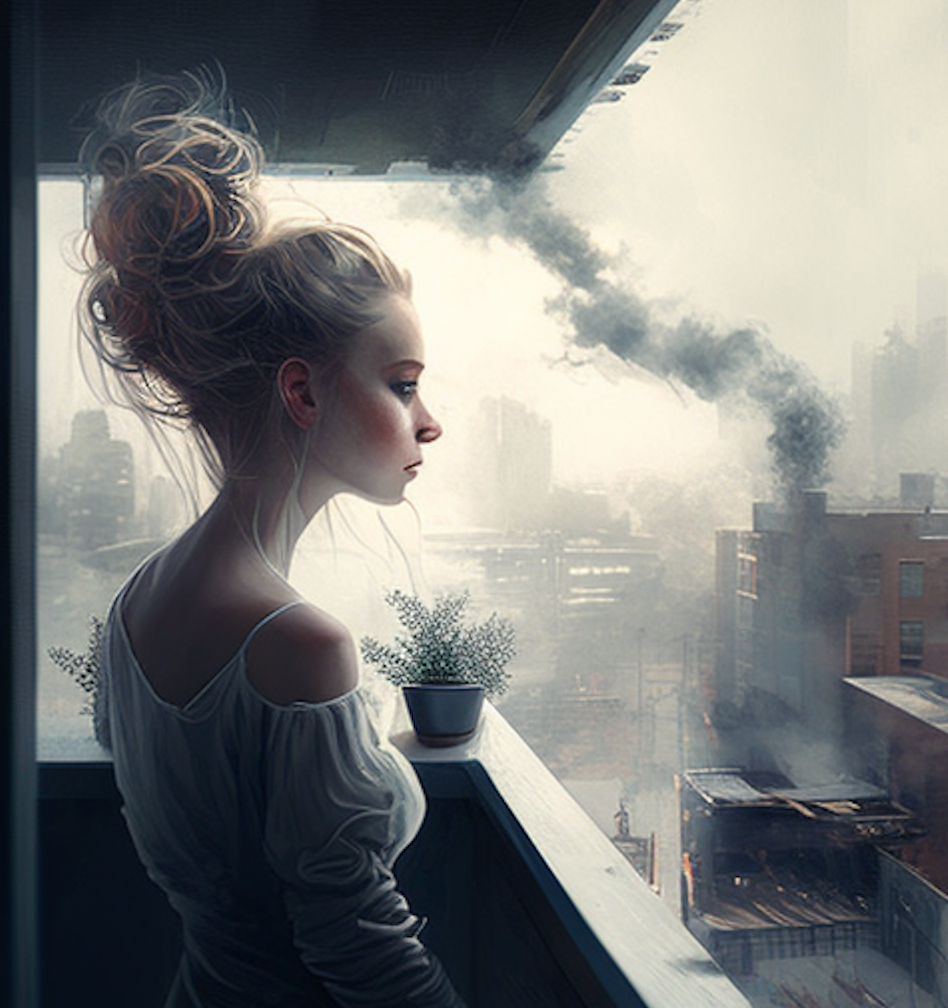
Conclusion
The advent of text-to-image and text-to-video technologies has undoubtedly opened a new chapter in the ongoing saga of human creativity. As we continue to navigate this brave new world, it’s essential to strike a balance between leveraging AI’s potential and preserving the human element that makes creativity truly unique.

